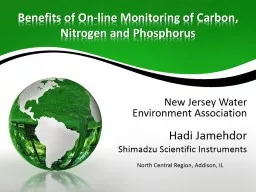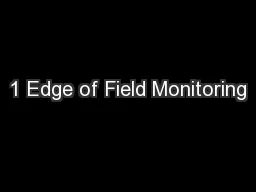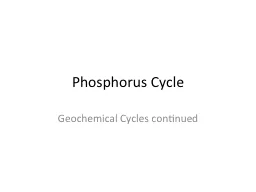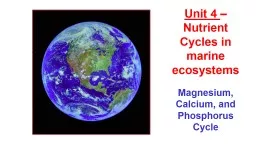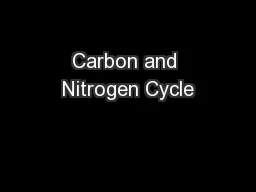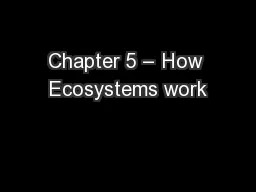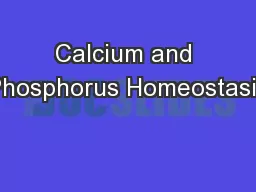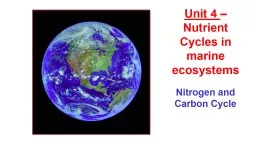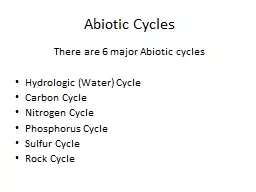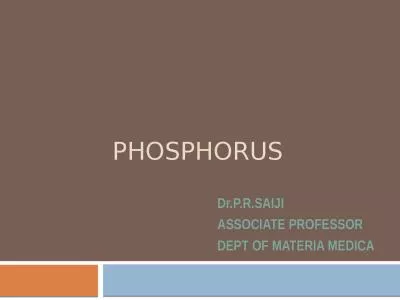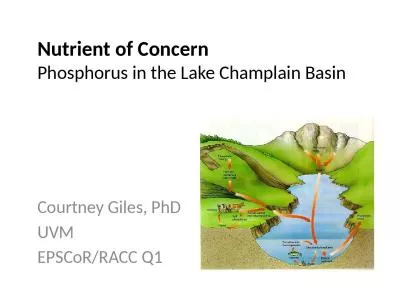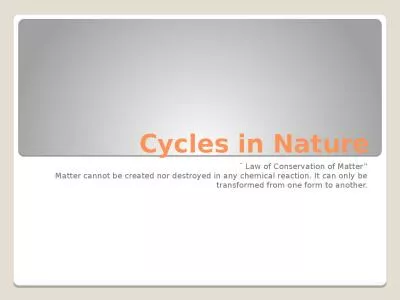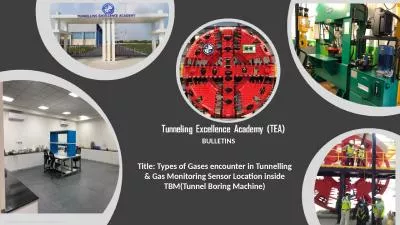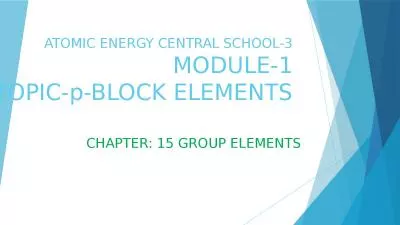PPT-Benefits of On-line Monitoring of Carbon, Nitrogen and Phosphorus
Author : pasty-toler | Published Date : 2019-06-21
New Jersey Water Environment Association Hadi Jamehdor Shimadzu Scientific Instruments North Central Region Addison IL Benefits of OnLine Monitoring Environment
Presentation Embed Code
Download Presentation
Download Presentation The PPT/PDF document "Benefits of On-line Monitoring of Carbon..." is the property of its rightful owner. Permission is granted to download and print the materials on this website for personal, non-commercial use only, and to display it on your personal computer provided you do not modify the materials and that you retain all copyright notices contained in the materials. By downloading content from our website, you accept the terms of this agreement.
Benefits of On-line Monitoring of Carbon, Nitrogen and Phosphorus: Transcript
Download Rules Of Document
"Benefits of On-line Monitoring of Carbon, Nitrogen and Phosphorus"The content belongs to its owner. You may download and print it for personal use, without modification, and keep all copyright notices. By downloading, you agree to these terms.
Related Documents

